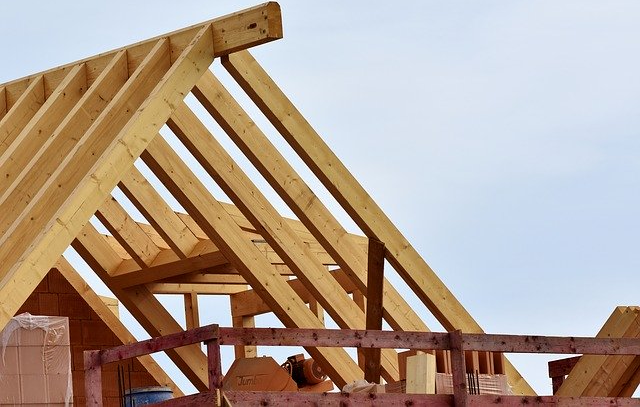Different Types Of Trusses Roofs
A Trusses roof is a structural framework that has designed offer strength and support to a roof. Therefore, roof trusses are one of the most important things in the roof construction. In this article, you will learn about different types of trusses roofs. Such as king post truss, queen post truss, mansard truss, truncated truss, bel-fast roof truss.
King Post Truss
In this type of truss, the central vertical post, known as king-post, forms a support for a tie beam. A king post truss is suitable for roofs of span varying from 5 to 8 meters.
 |
| King post trussed roof |
Queen Post Truss
This truss differs from a king post truss in having two vertical posts, known as queen post. This type of trussed roof is suitable for spans varying from 8 to 12 meters.
 |
| Queen post trussed roofs |
Mansard Truss
This truss is named after a french architect Francois Mansard. It is a combination of king-post and queen post trusses. The mansard truss is a two-story truss with the upper portion consisting of a king post truss and a lower portion consisting of a queen post truss.
 |
Truncated Truss
This truss is similar to the mansard truss except that the top is formed flat, with a gentle slope to one side. This trussed roof is used when it is required to provide a room in the roof.
 |
Bel-Fast Roof Truss
Also known as latticed roof or bowstring truss. This type of trussed roof can be used for long spans of about 30 meters, provided the light roof covering is used.
 |
| Bel-Fast Roof Truss |
Related Articles
- The Coupled Roof, Ceilings And Trusses - Roof Construction-Terminology
